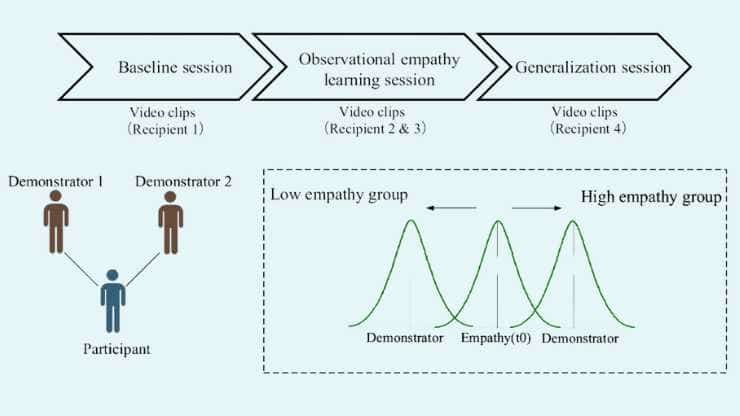Imagination inflation occurs when individuals develop greater confidence in the truth of an event after imagining it, potentially leading to the formation of false memories. The term often relates to childhood memories, as these are typically more malleable and susceptible to misconceptions. Several factors have been linked to an increase in the imagination inflation effect. Imagining a fictitious…
Category: Psychology
What is State-Dependent Memory: Context in Recall
State-dependent memory refers to when a person’s ability to recall information is influenced by their particular mental or physical state state at the time of encoding the memory. If the internal state during recall matches the state during encoding, retrieval of the memory is typically more successful. This cognitive psychology concept highlights the tight interplay…
Social Exchange Theory: Relationship Reciprocity and Costs
Social exchange theory is a conceptual framework that has its roots in various disciplines, including social psychology, sociology, and economics. It posits that social behavior is a consequence of an exchange process. The goal of these exchanges is to maximize benefits and minimize costs. Psychologist George Homans is a key figure in the development of this theory, laying…
Batson’s Empathy-altruism Hypothesis and Prosocial Behavior
The empathy-altruism hypothesis posits a direct relationship between empathy and altruistic behavior. Originating from the work of social psychologist C. Daniel Batson, this concept suggests that feeling empathy for others can lead to genuine selfless helping actions. Batson has published experimental research to support the empathy-altruism hypothesis ruling out various other egoistic explanations. The hypothesis…
The Atkinson-Shiffrin Model of Memory: Multi-store Memory
The Atkinson-Shiffrin model of memory, formulated by psychologists Richard Atkinson and Richard Shiffrin, offers a structured illustration of the human information processing system. First proposed in 1968, the model includes three main components: Sensory memory: A temporary repository that captures all sensory information, where most of it is lost unless attention is directed to it. Short-term store:…
Empathy Transmission Via Observational Reinforcement Learning
In addition to their genetic predispositions, it appears that adults, like children, are able to acquire empathetic reactions from close caregivers. A new study has found that adults can learn to be more or less empathetic by watching others. Prof. Dr. Grit Hein, professor of Translational Social Neuroscience at the Center of Mental Health of…
What is Histrionic Personality Disorder (HPD)
Histrionic Personality Disorder (HPD) is categorized by the American Psychiatric Association as a Cluster B personality disorder, which encompasses conditions marked by emotional, theatrical, and unpredictable behavior. Individuals with HPD often exhibit an excessive display of emotions and a strong desire to be noticed and be at the center of attention. Their behavior can be…
What is Antisocial Personality Disorder (ASPD)?
Antisocial Personality Disorder (ASPD) is a challenging mental health condition characterized by a long-term pattern of disregard for, and violation of, the rights of others. Individuals with this personality disorder often exhibit behaviors that are considered deviant by societal standards, which can lead to legal issues and strained relationships. While introversion, asociality, and antisocial behavior…
Cluster B Personality Disorders – 4 Types
Cluster B personality disorders are a classification within the Diagnostic and Statistical Manual of Mental Disorders (DSM) characterized by dramatic, overly emotional, or unpredictable thinking or behavior. These disorders include: Antisocial Personality Disorder (ASPD): Individuals display a long-term pattern of manipulation, exploitation, or violation of others’ rights. Compelling evidence links ASPD with impulsivity and a…








